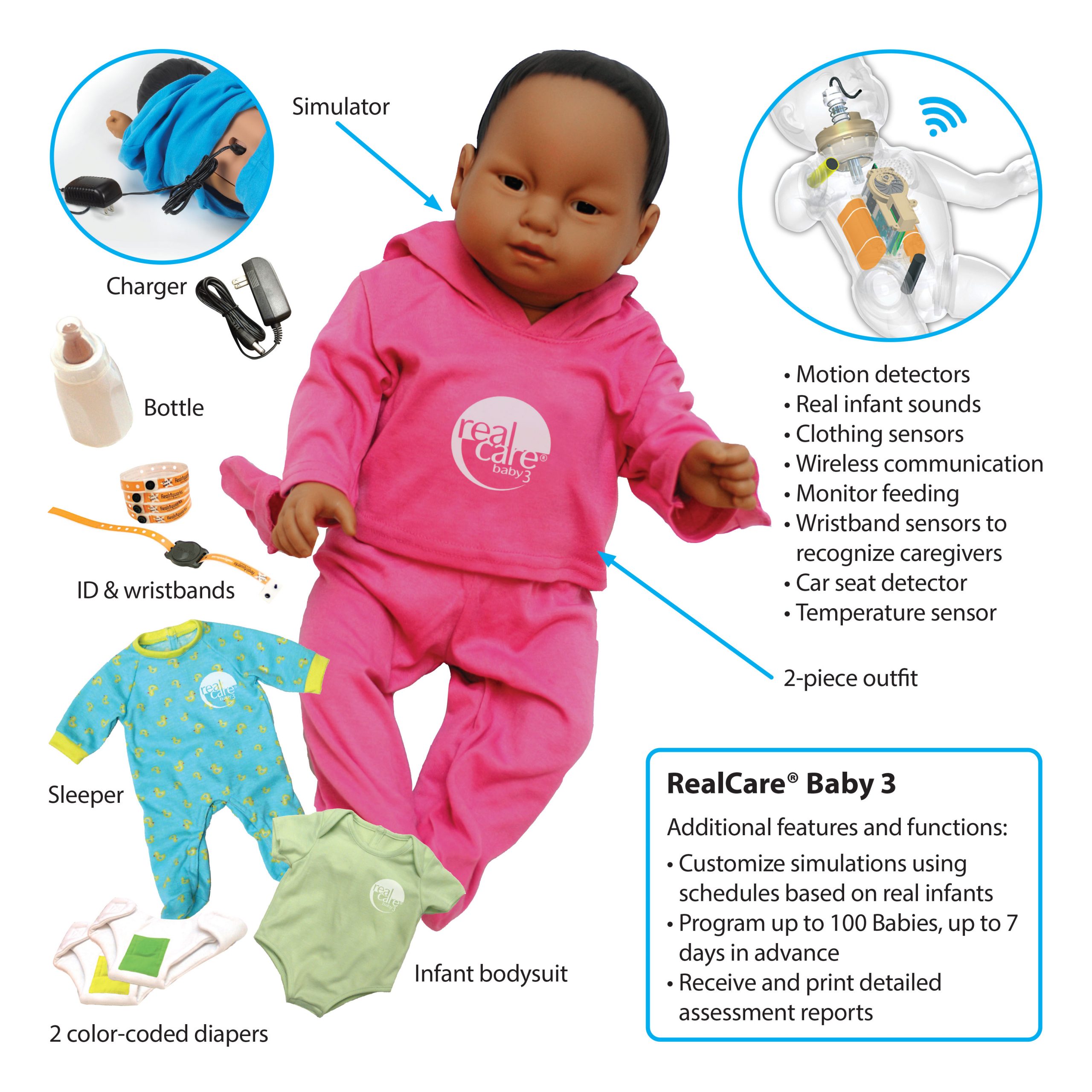
Programming for Babies: Nurturing Cognitive Development in Child Care
Introduction
In the realm of early childhood education, the concept of programming for babies has emerged as a crucial aspect of fostering cognitive development. By engaging infants in age-appropriate activities that stimulate their senses, promote exploration, and encourage interaction, caregivers can lay the foundation for lifelong learning and success. This article delves into the significance of programming for babies in child care settings, exploring its benefits, principles, and practical implementation strategies.
Benefits of Programming for Babies
Programming for babies offers a myriad of benefits that contribute to their overall cognitive development:
- Enhanced Brain Development: Sensory stimulation, exploration, and interaction promote the growth and connectivity of neural pathways in the developing brain.
- Improved Cognitive Skills: Activities that encourage problem-solving, memory, and attention span enhance cognitive abilities essential for future learning.
- Increased Language Development: Exposure to language-rich environments and interactive play fosters language comprehension and expressive skills.
- Social and Emotional Development: Group activities and interactions with peers and caregivers promote social skills, empathy, and emotional regulation.
- Reduced Risk of Developmental Delays: Early intervention through targeted programming can identify and address potential developmental concerns, ensuring timely support.
Principles of Programming for Babies
Effective programming for babies adheres to specific principles that guide its design and implementation:
- Age-Appropriateness: Activities should be tailored to the developmental stage and abilities of the infants.
- Sensory Stimulation: Engaging the senses through touch, sight, sound, smell, and taste promotes cognitive development.
- Exploration and Discovery: Providing opportunities for infants to explore their surroundings and discover new experiences fosters curiosity and learning.
- Interaction and Socialization: Encouraging interactions with peers and caregivers promotes social and emotional development.
- Individualization: Recognizing and responding to the unique needs and interests of each infant ensures personalized learning experiences.
Practical Implementation Strategies
Implementing programming for babies in child care settings requires a thoughtful approach that considers the following strategies:
- Create a Sensory-Rich Environment: Provide a variety of toys, objects, and materials that stimulate the senses and encourage exploration.
- Incorporate Music and Movement: Engage infants in musical activities, singing, and movement games to enhance auditory and motor development.
- Foster Language Development: Talk to infants frequently, read aloud, and provide opportunities for them to interact with others.
- Encourage Socialization: Plan group activities, such as playgroups and circle time, to promote social skills and peer interactions.
- Provide Individualized Support: Observe infants closely and tailor activities to their specific needs and interests.
Specific Activities for Programming
Programming for babies can include a wide range of activities that cater to their developmental needs:
- Sensory Play: Provide sensory bins filled with different textures, materials, and objects for infants to explore.
- Tummy Time: Encourage infants to spend time on their stomachs to strengthen their neck and back muscles.
- Peek-a-Boo and Hide-and-Seek: Engage infants in interactive games that promote object permanence and problem-solving.
- Storytelling and Reading: Read aloud to infants to expose them to language and develop their listening skills.
- Music and Movement: Incorporate music and movement activities, such as singing, dancing, and playing instruments.
Collaboration and Evaluation
Effective programming for babies requires collaboration between caregivers, parents, and other professionals. Regular communication and feedback ensure that infants’ needs are met and progress is monitored. Evaluation of the program’s effectiveness through observation, documentation, and parent feedback is essential for continuous improvement.
Conclusion
Programming for babies in child care settings is a vital component of early childhood education. By providing age-appropriate activities that stimulate cognitive development, caregivers can nurture infants’ brains, enhance their cognitive skills, and foster their social and emotional well-being. Adhering to the principles of age-appropriateness, sensory stimulation, exploration, interaction, and individualization ensures that programming is tailored to the unique needs of each infant. Through collaboration, evaluation, and ongoing refinement, child care providers can create environments that promote optimal cognitive development and lay the foundation for future success.
